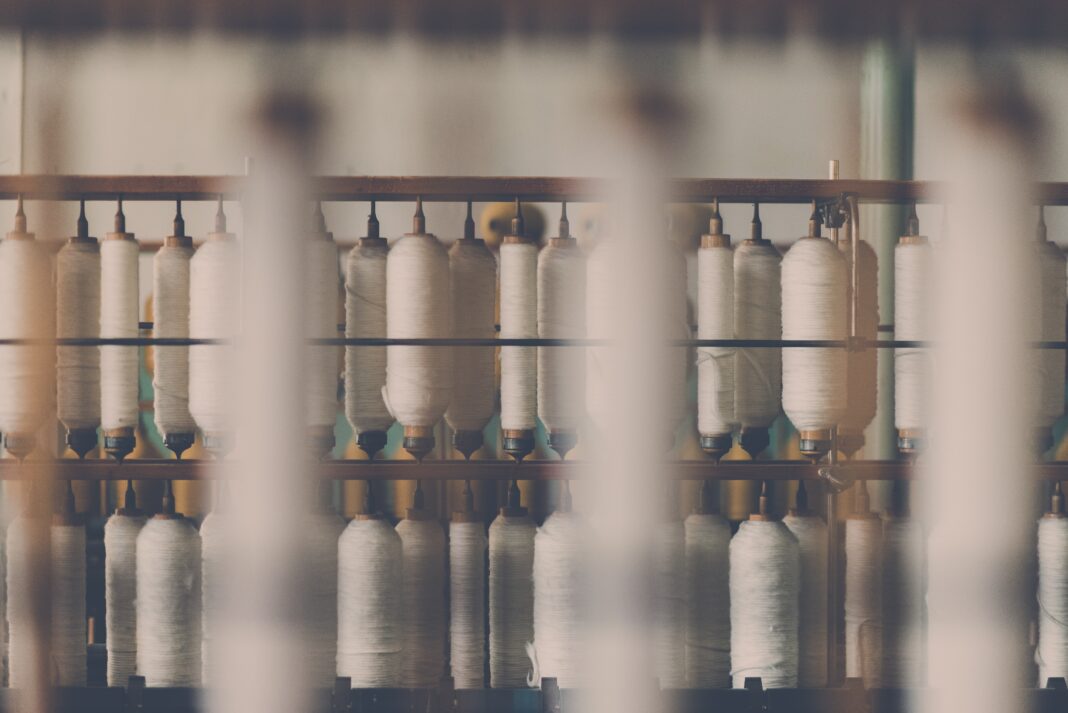Summary
“Textile, clothing, and fashion (TCF) are one of the most unsustainable industries in the world. Several industrial sustainability models have addressed this issue, but they assume incremental improvements and growth while addressing global challenges. Thus, a sustainable business model perspective is required to think and go beyond these increments and reconceive radically how businesses should operate to drive system-level sustainability.” (Pal, 2017)
Archetype 1- Maximize Material and Energy Efficiency:
“Considering the increasing volatility in the energy prices, eco design aims at improving the energy efficiency and resource effectiveness (closing the material loop) by implementing various strategies, via. dematerialization or multi-functionality. From the marketing perspective, the current eco design Directive set by the European Union (EU) can be extended to cover design, in terms of both scope and markets covered (from energy-related products to all products and services). These products are focused toward limited usage of energy, reduced CO2 emissions, minimized negative environmental impact through energy focus, considering the fact that the product design and development plays a significant role in determining the environmental impact of textiles (accounting for nearly 80 % of the total) during various lifecycle stages. Such eco design principles include not only the choice of the material but also the functionality of the product throughout the life cycle (affecting the environment in terms of water and energy consumption).
In practice, many forerunner companies have started working beyond eco design by embracing circular design principles, aimed to go beyond reducing the negative environmental impacts and succeed in creating a positive regenerative impact, illustrated using various concepts, such as mono-materiality, modular design, that have the potential to design for circularity.” (Pal, 2017)
Analysis
With regards to reducing environmental impact (through water and energy consumption), modular garment design may be a solution to the multi-functional nature of eco design. A garment with the capacity to detach and reattach sections would allow for the replacements of the part and not necessarily the whole garment. This would equate to an overall reduction in the amount of textiles required to manufacture a set.
Additionally, a modular garment would allow for various sections to be produced from different textiles. That would ensure mono-material based recycling of the product. (The sections are detachable… meaning they wouldn’t have to be disposed of together.)
Sources
Pal, R. (2017). Sustainable Design and Business Models in Textile and Fashion Industry. Sustainability in the Textile Industry Textile Science and Clothing Technology, 109–138. https://doi-org.proxy.lib.ohio-state.edu/10.1007/978-981-10-2639-3_6




